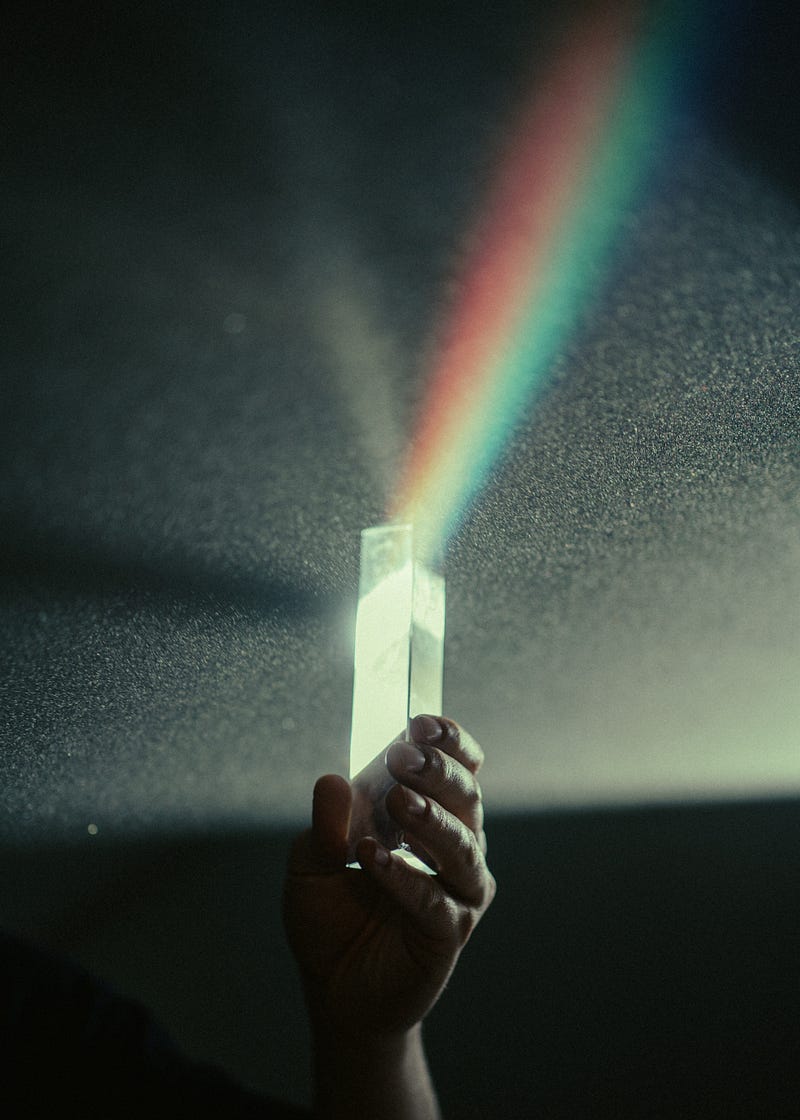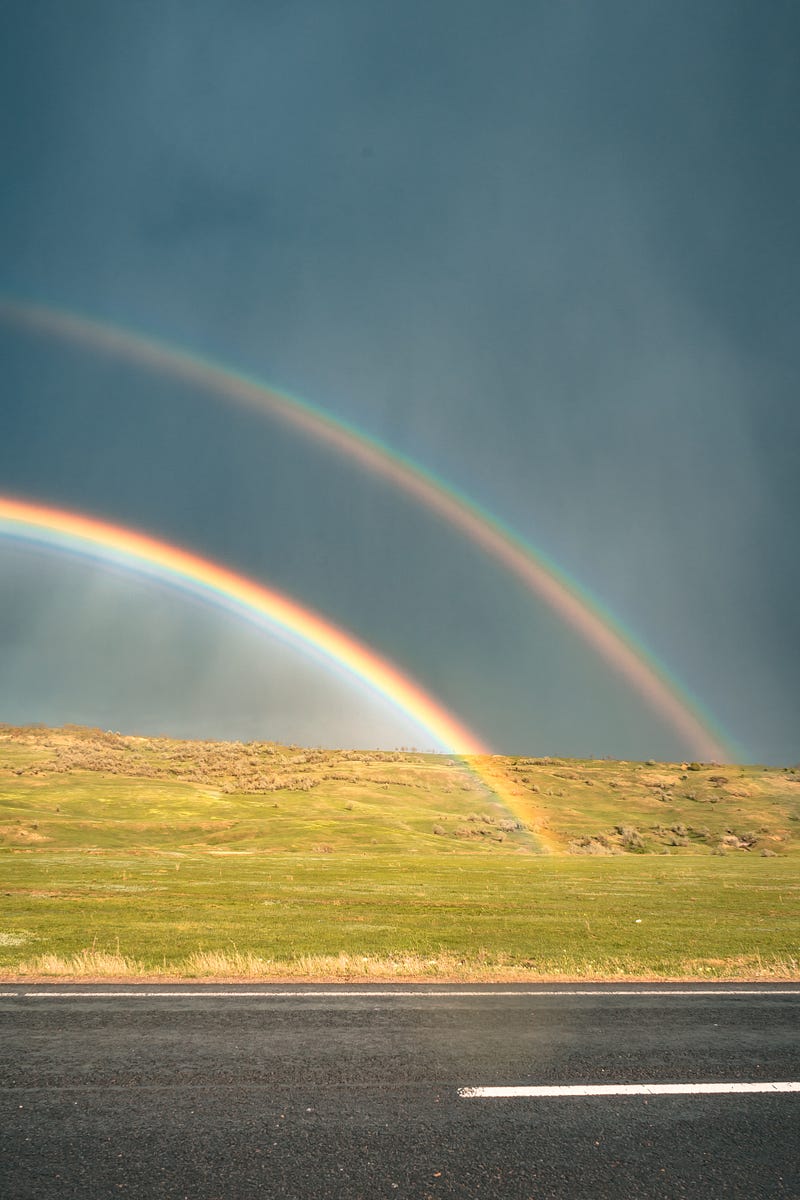The Science Behind Rainbows: Understanding Their Formation
Written on
Chapter 1: The Allure of Rainbows
How often do we find ourselves longing for a rainbow after a tiring day or during stressful moments? The excitement we feel as adults upon spotting a rainbow in the sky is both surprising and delightful. But do we only encounter rainbows when it's raining?
The straightforward answer is no. While we often see rainbows during rainy weather, they can appear under various conditions. When light interacts with a prism, it produces a spectrum of colors. Reflecting on our science lessons, we learned about light's behavior and its speed. As white light strikes a prism, it scatters at different angles, producing a range of colors based on how it refracts or bends. This bending occurs when light transitions between different mediums, such as air and glass, leading to a change in its speed—a phenomenon known as refraction.

Chapter 2: The Mechanics of a Rainbow
Sir Isaac Newton's experiments in the 17th century shed light on the refraction of light through glass prisms. He discovered that the angle at which light entered a medium determined the colors it would emit upon exiting. Understanding how white light, composed of red, orange, yellow, green, blue, indigo, and violet, can create a rainbow is easier with visual aids. The arrangement of these colors depends on their wavelengths; longer wavelengths yield red, while shorter ones produce violet.
After a rain shower, countless raindrops linger in the air. Sunlight interacts with these drops, bending and refracting as it passes through, generating colors based on their frequencies. Picture each raindrop as a tiny prism.
A double rainbow occurs through a similar process, but sunlight reflects within the raindrop twice before emerging.
The first video, "Kacey Musgraves - Rainbow (Official Music Video)," beautifully captures the emotions associated with rainbows, illustrating their significance in our lives.

Chapter 3: The Shape of a Rainbow
Have you ever wondered why rainbows appear as arcs? The light that creates them follows a curved trajectory, resulting in the half-circle shape we observe. Interestingly, rainbows are actually full circles, but the horizon obstructs our view of their complete form. For a rainbow to form, the sun must be behind the observer, with the phenomenon centered around an anti-solar point. As the sun descends, we may catch a glimpse of a larger portion of the rainbow.

To delve deeper into how rainbows form, check out the video "How is a rainbow made?" which explains the process in detail.